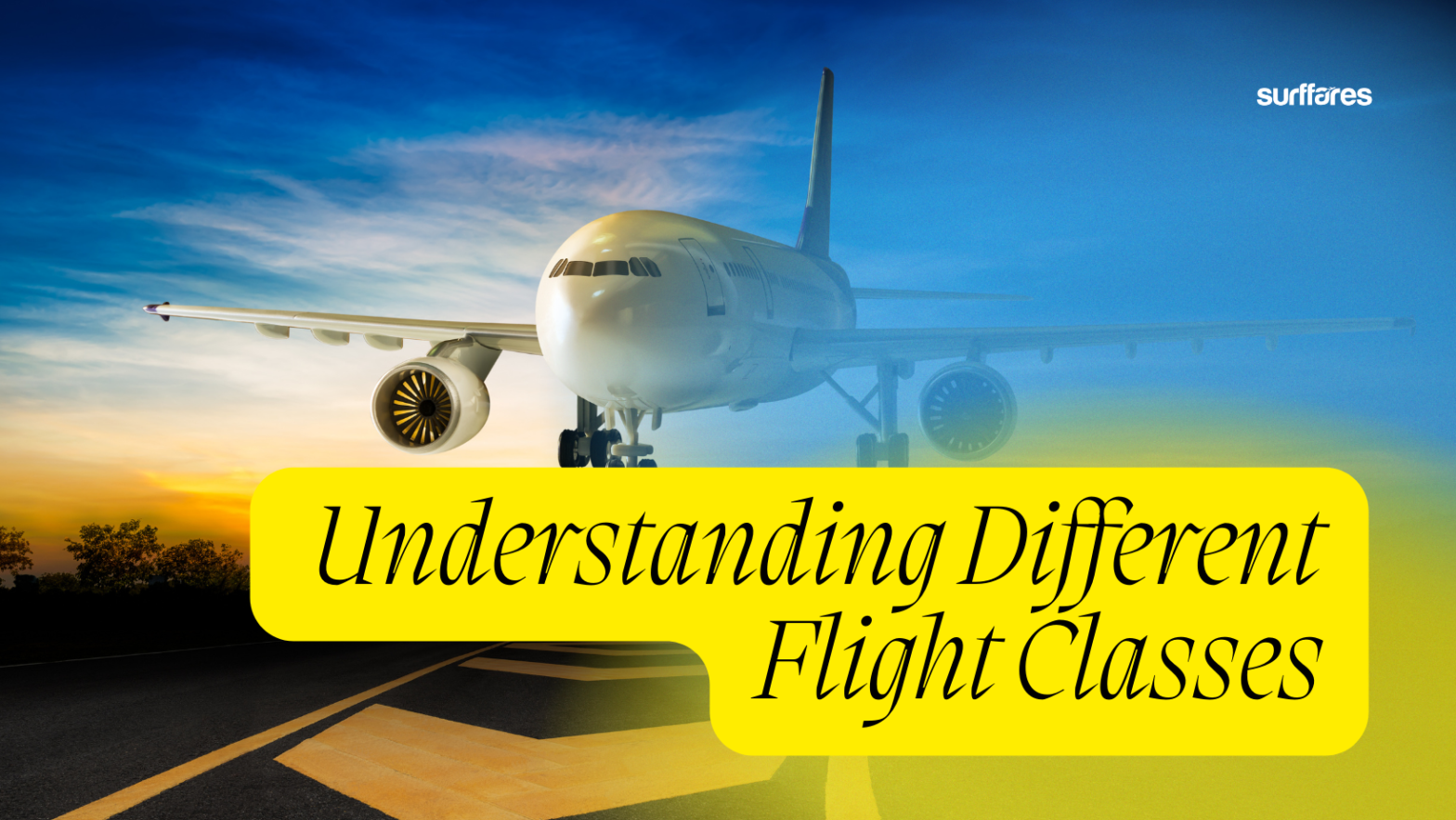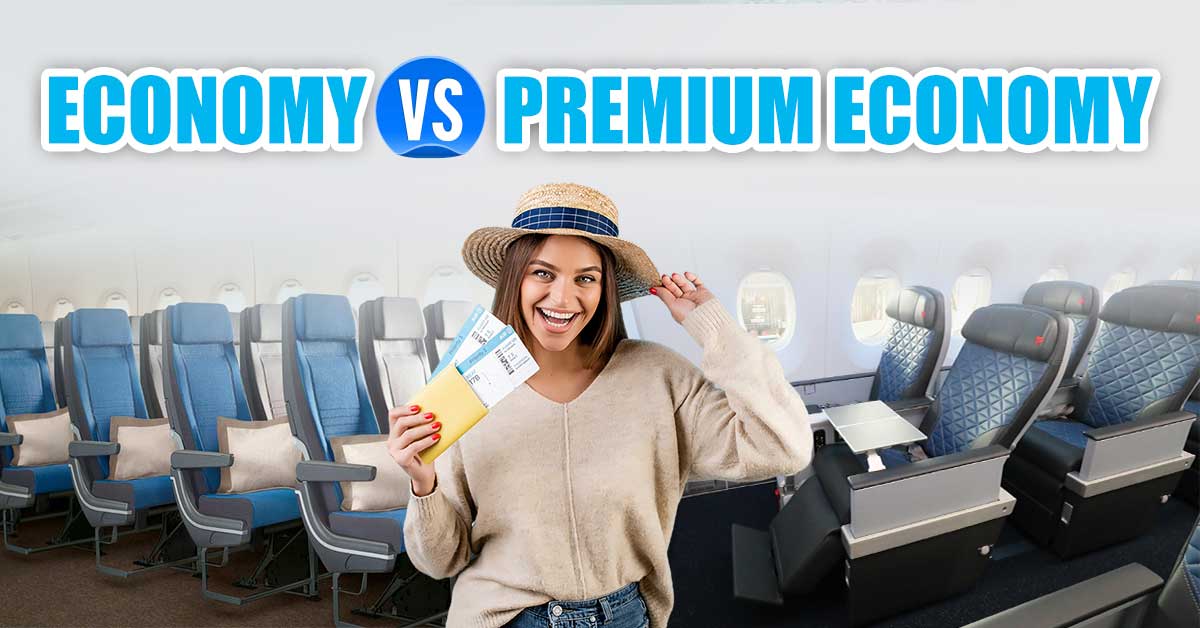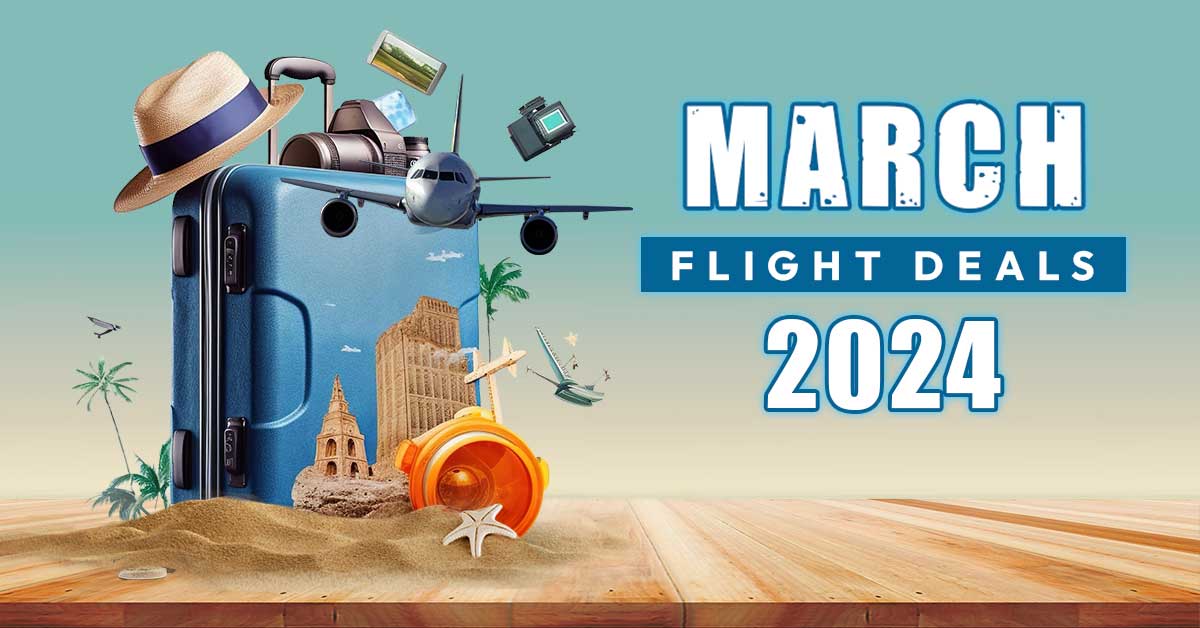
Feeling tired or disordered every time you book a flight and see terms like the economy, business, or first class? Are you unsure which class is the best for your needs and budget? Look no further! This ultimate guide to understanding flight classes will help demystify the terminology so you can make informed decisions when booking your next trip. Whether it’s finding ways to upgrade, knowing what amenities are included, or simply understanding the differences between classes, we’ve got you covered. So buckle up and get ready to soar through this comprehensive guide!
First Class
First Class is generally considered the most luxurious and expensive class available on flights. It provides passengers with the highest level of comfort and service. First Class cabins often feature spacious seats that can recline into fully flat beds, providing an excellent environment for relaxation and sleep. Passengers in this class enjoy personalized service, gourmet meals, fine wines, amenity kits, and access to exclusive airport lounges. First Class is typically chosen by those seeking the utmost comfort and luxury during their air travel experience.
Business Class
Business Class, also known as Executive Class, is designed to cater to the needs of business travelers and those seeking a more comfortable experience. Passengers in Business Class enjoy a higher level of comfort compared to Economy Class. They often have access to larger seats with extra legroom, lie-flat or angled lie-flat seats, enhanced meal options, priority boarding, dedicated airport lounges, and a range of entertainment options. Business Class balances comfort and affordability, making it a popular choice for business and leisure travelers.
Premium Economy
Premium Economy is a class that bridges the gap between Economy Class and Business Class. It offers enhanced comfort and additional amenities compared to Economy Class but at a lower price point than Business Class. Passengers in Premium Economy usually enjoy more spacious seats with extra legroom, wider seat pitches, adjustable headrests, enhanced meal options, and priority check-in. While the offerings vary between airlines, Premium Economy provides a more comfortable experience for those who desire extra space and amenities without the expense of Business Class.
Economy Class
Economy Class, also known as Coach Class or Travel Class, is the most common class of service found on flights. It offers basic accommodation and is commonly chosen by leisure travelers or those seeking cost-effective options. Economy Class seats are narrower and have less legroom compared to higher classes. However, airlines strive to provide a comfortable experience by offering in-flight entertainment, meals, and beverages. While the level of amenities can vary among airlines, Economy Class provides a practical and affordable option for travelers.
Basic Economy
Basic Economy is a no-frills class of service introduced by some airlines to provide a lower-cost option for travelers. The flight fares for this class often come with certain restrictions, such as limited or no seat selection, no complimentary checked baggage, and reduced flexibility in ticket changes or refunds. This class is suitable for travelers who prioritize cost savings over additional amenities and flexibility.
It’s important to note that the availability and offerings of each class may vary between airlines. Some airlines may have additional classes or variations within the mentioned classes. It’s always recommended to check with the specific airline for detailed information regarding the classes they offer.
The evolution of airline classes has been shaped by factors such as passenger demand, market competition, and profitability. In the early days of commercial aviation, all seats were essentially first class. However, as air travel became more accessible, airlines began introducing separate classes to cater to different passenger needs and budgets. With the rise of low-cost carriers and changes in travel preferences, the concept of the Basic Economy emerged to provide even more affordable options for travelers.
Fare Classes
Have you ever noticed a seemingly random letter on your flight ticket and wondered what it meant? Well, that letter holds the key to a world of valuable information about your fare class. Fare classes, represented by one of the 26 letters of the alphabet, are like secret codes that airlines use to determine the price, perks, and flexibility of your ticket. Understanding fare classes can make a significant difference in your travel experience and save you hundreds of dollars. So, let’s dive into this fascinating world and unravel the mysteries of fare classes.
History of Fare Classes
In the past, fare classes were standardized by the International Air Transport Association (IATA), but nowadays, each airline has its own system. While F typically represents first class and Y usually indicates economy class, the assignment of letters to specific fare classes is not arbitrary. For instance, the letter C for business class originated from Pan Am, one of the pioneering airlines that introduced a new class of service for business and full-fare economy passengers called “Clipper Class.” These letters carry historical significance and provide a glimpse into the evolution of air travel.
To efficiently manage inventory and maximize revenue, airlines divide seats into buckets, and each fare class falls into a specific bucket. These buckets control ticket prices and availability. Airlines employ sophisticated algorithms considering factors like flight capacity, airports, time of day, season, and passenger demographics to assign seats to each bucket. Once all seats in a particular bucket are sold, it’s not replenished. This strategy allows airlines to optimize their inventory while striving for a full flight.
The hierarchy of Fare Classes
Understanding the hierarchy within fare classes is crucial, especially when you’re looking to upgrade or stand by for a flight. Each fare class has its own price, fare rules, and benefits, such as mileage accrual and change policies. However, there are also “hidden” fare classes exclusively for frequent flyer awards and elite upgrades, which aren’t typically visible in travel searches. Only those who have access to specialized services or airline staff can uncover the remaining seats in each class.
Fare classes and their associated fare basis codes add another layer of complexity. The fare basis code is an alphanumeric code that describes the specific fare you’ve purchased. It provides quick access to the fare rules and restrictions. Each airline has its own set of codes, often starting with a letter denoting the class of service. Additional characters in the code may indicate the various factors. These include seasons, advance purchase requirements, minimum and maximum stay durations, and restrictions on weekdays or weekends. You will also see the information about refunds. Understanding the fare basis code helps you navigate any limitations or restrictions that may apply to your ticket.
When searching for flights based on fare classes, concentrate on the first letter. The hierarchy within the fare class chart matters. Hence, reading from top to bottom and left to right provides a clear understanding of the classes and their respective benefits. Keep in mind that fare classes can vary between airlines. Hence, it’s essential to consult the specific airline for confirmation and detailed explanations of each letter’s meaning.
Concluding
As the aviation industry continues to evolve, airlines constantly refine their classes of service to meet the changing demands of passengers. It’s worth noting that the amenities and offerings within each class can vary significantly between airlines. Therefore, when booking your flights, it’s essential to review the specific details and features of each class offered by the airline you plan to fly with.
In conclusion, understanding the different classes in flights allows you to make informed decisions when booking your air travel. Whether you prioritize luxury and comfort or seek a more budget-friendly option, there is a class that will surely to your needs. By considering factors such as pricing, seat comfort, amenities, and flexibility, you can choose the class that aligns best with your travel preferences.













